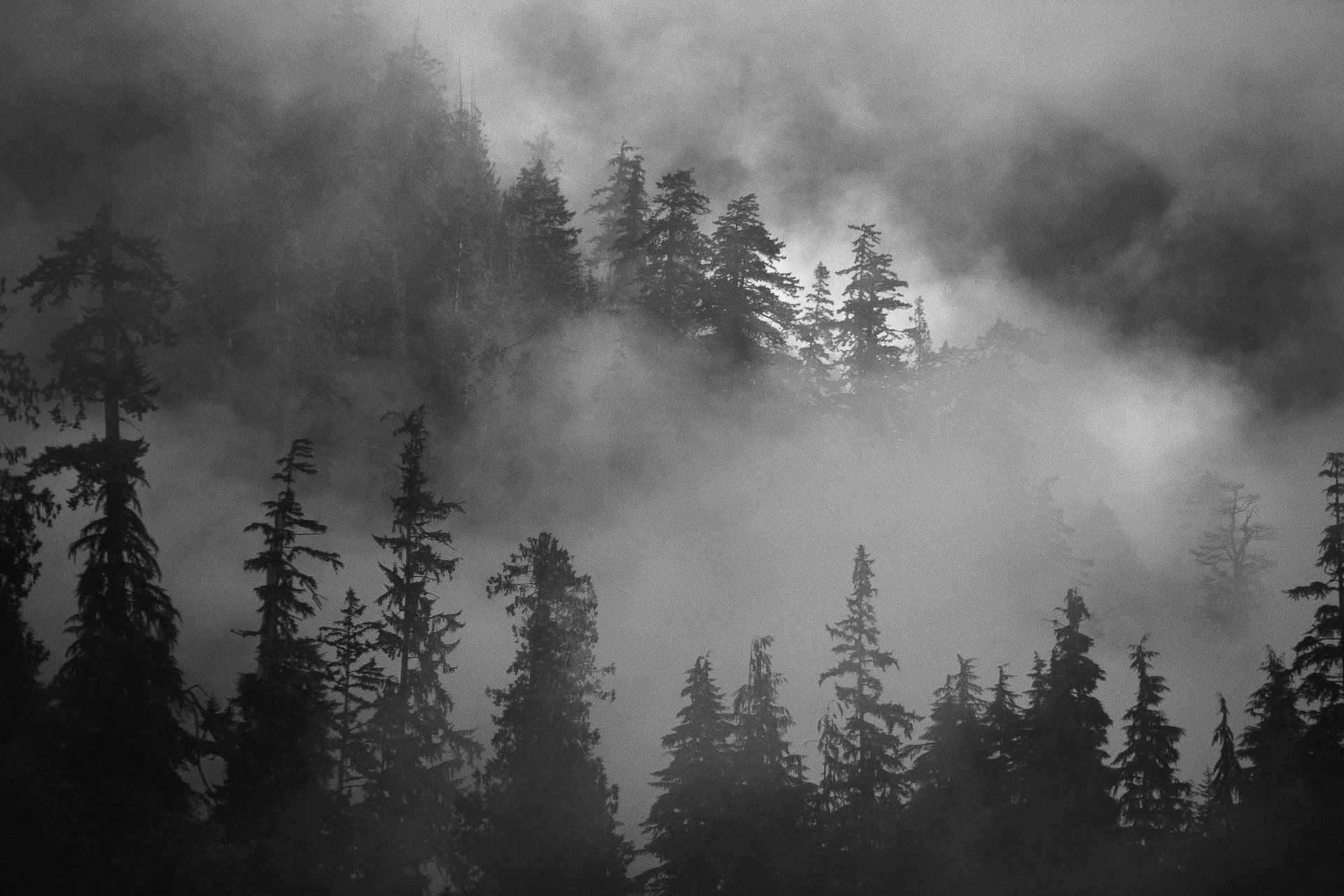Mastering Nostalgic Reflections in Horror Novels
- Jay Whales

- Oct 27
- 5 min read
Alright, let’s cut the crap and get straight to it. If you’re into horror novels that don’t just scare the pants off you but also hit you right in the gut with some nostalgic storytelling techniques, you’re in the right place. I’m talking about that weird, twisted feeling when a story drags you back to some dark corner of your past, but with a horror twist that makes you want to sleep with the lights on for a week. It’s not just about jump scares or gore. It’s about digging into those memories, those feelings, and flipping them on their head until they’re downright unsettling.
So buckle up. I’m gonna break down how to nail this vibe in your writing, why it works, and how you can use it to make your horror stories stick in readers’ heads like a bad nightmare.
Why Nostalgic Storytelling Techniques Work in Horror
Let’s be real. Nostalgia is a sneaky little bastard. It’s that warm, fuzzy feeling you get when you think about your childhood, old friends, or simpler times. But when you mix that with horror, it’s like pouring gasoline on a fire. Suddenly, those memories aren’t so warm anymore. They’re twisted, dark, and full of shadows lurking just out of sight.
Here’s why it works:
Emotional connection: People remember feelings more than facts. When you tap into nostalgia, you’re hooking readers emotionally.
Contrast creates tension: The clash between comforting memories and horrific events makes the horror hit harder.
Relatability: Everyone has a past. Using nostalgic elements makes your story feel personal, even if it’s totally fucked up.
Think about those creepy old houses you passed as a kid or the weird stories your parents told you at night. Now imagine those memories warped into something sinister. That’s the sweet spot.

How to Use Nostalgic Storytelling Techniques Without Being Cheesy
Here’s the deal: nostalgia can easily turn into a sappy, overdone mess if you’re not careful. Nobody wants to read some saccharine flashback that feels like a Hallmark card. You want raw, real, and a little fucked up. Here’s how to do it right:
Keep it specific, not generic
Instead of vague “childhood memories,” zoom in on a single, weird detail. Like the smell of old books in a creepy library or the sound of a rusty swing in an empty playground at dusk.
Use sensory details
Smell, sound, touch - these are your weapons. Nostalgia hits hardest when it’s sensory. Describe the sticky summer heat, the creak of floorboards, or the taste of burnt popcorn.
Twist the familiar
Take something comforting and make it unsettling. That old lullaby your mom sang? What if it’s actually a cursed chant? That favorite tree you climbed? What if it hides something rotten inside?
Avoid info dumps
Don’t just tell readers “this is a memory.” Show it through action, dialogue, or atmosphere. Let them feel the nostalgia without spelling it out.
Mix past and present
Flip between timelines to show how the past haunts the present. This keeps the story dynamic and the tension high.
Playing with Time and Memory in Horror
Memory is a slippery bastard. It’s unreliable, fragmented, and often distorted. That’s perfect for horror. When you mess with time and memory, you mess with your reader’s head. They start questioning what’s real and what’s not. That’s the kind of psychological terror that sticks.
Here’s how to mess with time and memory like a pro:
Non-linear storytelling: Jump around in time. Flashbacks, flash-forwards, and fragmented memories keep readers off balance.
Unreliable narrators: Make your protagonist doubt their own memories. Are they losing their mind or is something supernatural at play?
Memory triggers: Use objects, sounds, or smells to trigger flashbacks. But don’t explain everything. Leave gaps for the reader to fill.
Blurring reality and memory: Make it hard to tell if a scene is happening now or in the past. This creates a dreamlike, eerie vibe.
This technique is brutal because it forces readers to piece together the story themselves. It’s like a puzzle with missing pieces, and the missing parts are often the scariest.

Crafting Characters That Live in the Past
Characters are the heart of any story, but in horror with nostalgic storytelling techniques, they’re also the ghosts of the past. Your characters should be haunted - not just by monsters or killers, but by their own memories and regrets.
Here’s how to build those haunted souls:
Flawed and broken: Nobody’s perfect. Give your characters scars, both physical and emotional. Maybe they’re stuck in the past, unable to move on.
Backstory as a weapon: Use their history to drive the plot. Maybe a childhood trauma is the key to the horror unfolding.
Conflicted emotions: Nostalgia isn’t just happy memories. It’s regret, longing, and sometimes guilt. Let your characters wrestle with these feelings.
Interactions with the past: Have them confront old places, people, or objects that bring back memories. These moments should be tense and loaded with subtext.
When your characters are tangled in their own pasts, the horror feels personal and real. It’s not just about monsters outside - it’s about the demons inside.
Using Setting to Amplify Nostalgic Storytelling Techniques
The right setting can make or break your horror story. When you’re working with nostalgic storytelling techniques, the setting becomes a character itself. It’s the physical space where past and present collide, where memories linger like ghosts.
Here’s how to use setting to your advantage:
Choose locations with history: Old houses, abandoned schools, forgotten towns - places that scream “stories happened here.”
Layer the atmosphere: Use weather, lighting, and sounds to create mood. Fog, creaking floors, distant thunder - all classic horror vibes.
Details matter: The chipped paint, the faded wallpaper, the rusty swing set - these small things trigger nostalgia and unease.
Make the setting dynamic: Let it change with the story. Maybe the house feels welcoming at first, then turns sinister as memories resurface.
A well-crafted setting pulls readers in and makes the horror feel unavoidable. It’s the stage where your nostalgic reflections play out in full, terrifying color.
Wrapping It Up Without Being a Boring Conclusion
So, there you have it. Nostalgic storytelling techniques in horror aren’t just some fancy gimmick. They’re a powerful way to dig deep into the human psyche and make your stories unforgettable. By mixing the warmth of memory with the cold bite of fear, you create a cocktail that’s equal parts haunting and addictive.
If you want to see how this shit is done right, check out some killer examples of nostalgic reflections in horror fiction. Jay Whales knows how to blend raw, intense storytelling with those dark, twisted memories that stick with you long after the last page.
Now go write something that’ll make people shit their pants and think about their childhood nightmares at the same time. Because that’s the kind of horror that stays with you.
Keep your stories raw. Keep them real. And never forget - the past is never really gone.































Comments